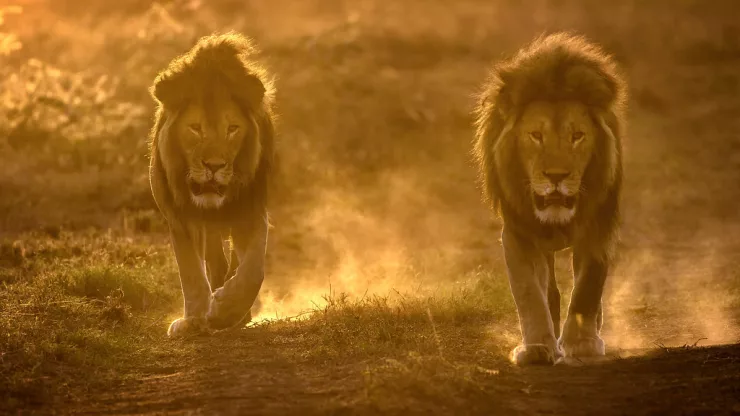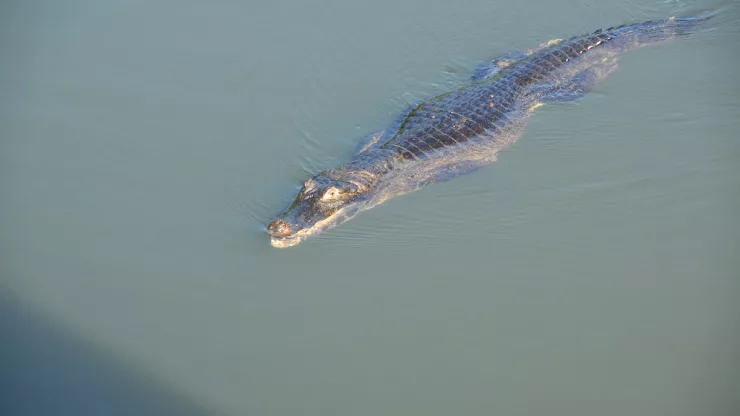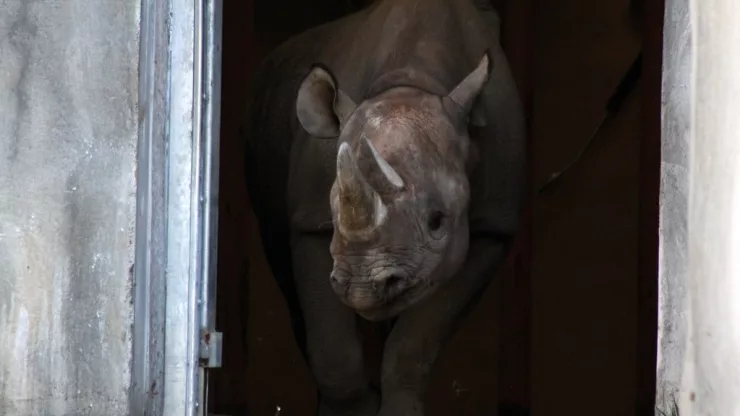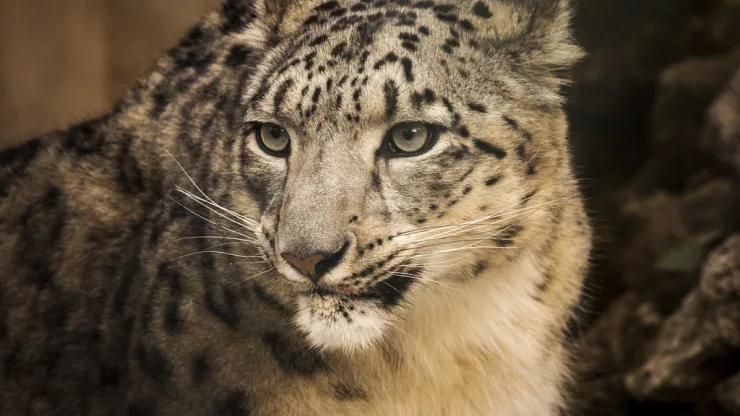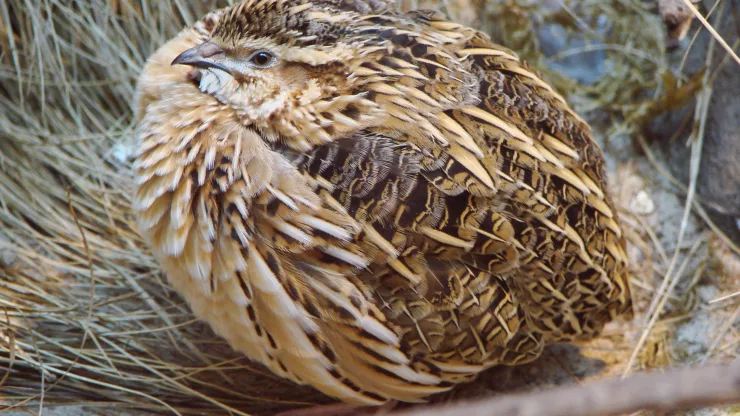Jump to Section
Discovering the Ngorongoro Conservation Area
The Ngorongoro Conservation Area is a wildlife paradise that is situated in the northern part of Tanzania.
The area is a UNESCO World Heritage Site and is home to some of the most magnificent animals in Africa.
The conservation area is a vast expanse of land that covers over 8,000 square kilometers and is home to the world-famous Ngorongoro Crater, which is the largest unbroken caldera in the world.
The wildlife in this area is a sight to behold, with a vast array of animals living in harmony with each other in their natural habitat.
The Ngorongoro Conservation Area is a must-visit destination for wildlife enthusiasts, nature lovers, and anyone who wants to experience the beauty of Africa’s wildlife.
A Safari Through the Wildlife Paradise
A safari through the Ngorongoro Conservation Area is an unforgettable experience.
The area is home to some of the most iconic animals in Africa, and visitors can see them up close in their natural habitat.
The safari can be done in a 4×4 vehicle, on foot, or even on horseback.
The Ngorongoro Crater is the main attraction of the area, and it is home to a vast array of animals, including lions, elephants, buffaloes, rhinos, and leopards.
Visitors can also see other animals such as hyenas, zebras, giraffes, and wildebeests.
The safari is an excellent opportunity to see these animals in their natural habitat and to learn about their behaviors and lifestyles.
The Big Five and Other Majestic Creatures
The Ngorongoro Conservation Area is home to the Big Five animals of Africa, which are the lion, leopard, elephant, rhino, and buffalo.
These animals are the most sought-after animals on safari, and visitors can see them all in the Ngorongoro Conservation Area.
Apart from the Big Five, the conservation area is also home to other majestic creatures such as cheetahs, hyenas, zebras, giraffes, and wildebeests.
Visitors can also see a vast array of bird species, with over 500 species recorded in the area.
The wildlife in the conservation area is one of the most diverse in Africa, making it a must-visit destination for animal lovers.
The Unique Ecosystems and Conservation Efforts
The Ngorongoro Conservation Area is a unique ecosystem that is home to a wide range of habitats, including grasslands, forests, swamps, and lakes.
The different habitats provide a home to a variety of animals and plant species.
Conservation efforts in the area have been ongoing for decades, with the goal of preserving the unique ecosystem and protecting the wildlife.
The conservation area is a UNESCO World Heritage Site, and efforts have been made to ensure that the area remains protected for future generations.
FAQ
What is the best time to visit the Ngorongoro Conservation Area?
The best time to visit the Ngorongoro Conservation Area is from June to October, which is the dry season.
This is when the animals are easier to spot, and the weather is mild.
What is the cost of a safari in the Ngorongoro Conservation Area?
The cost of a safari in the Ngorongoro Conservation Area varies depending on the type of safari, accommodation, and other factors.
It is advisable to book through a reputable tour operator to get the best deals.
Can I stay in the Ngorongoro Conservation Area overnight?
Yes, visitors can stay overnight in the Ngorongoro Conservation Area.
There are several lodges and campsites within the area, providing visitors with an opportunity to experience the wildlife at night.
What is the Ngorongoro Conservation Area famous for?
The Ngorongoro Conservation Area is famous for being the home of the Big Five animals of Africa, the Ngorongoro Crater, and its unique ecosystem.
The Ngorongoro Conservation Area is a wildlife paradise that is a must-visit destination for anyone who wants to experience the beauty of Africa’s wildlife.
The area is home to some of the most iconic animals in Africa, and visitors can see them up close in their natural habitat.
The conservation efforts in the area have ensured that the area remains protected for future generations, making it a sustainable destination for wildlife enthusiasts.
I’m a nature enthusiast and creator of Metro Wilds and have spent years exploring the great outdoors.
With a passion for environmental conservation and sustainability, I have dedicated my career to writing about the beauty and wonders of nature, as well as the threats facing our planet.
Contact me at [email protected] for assistance.

